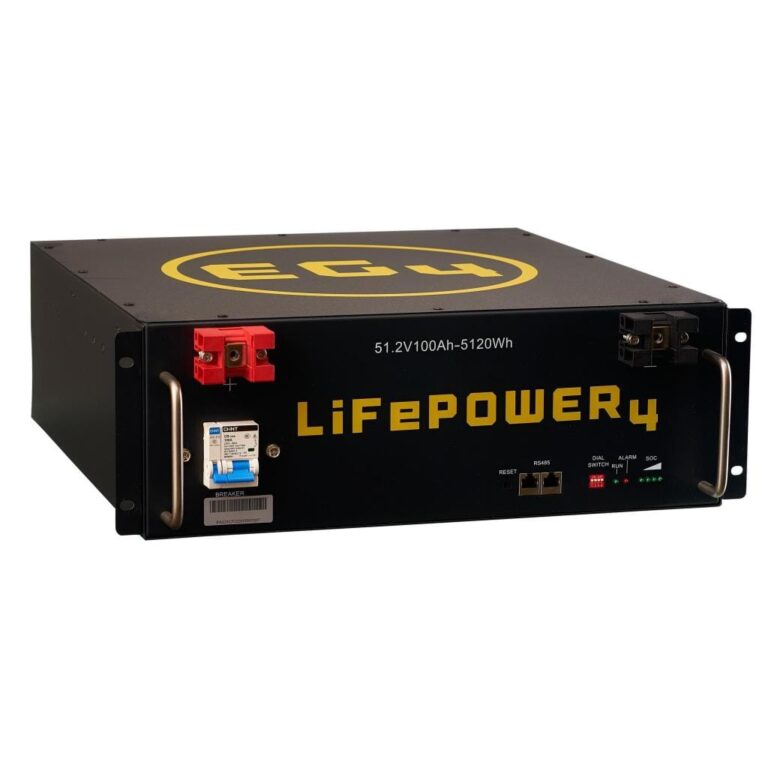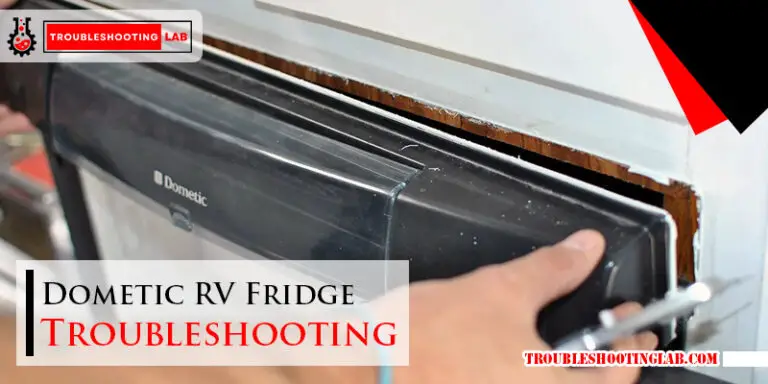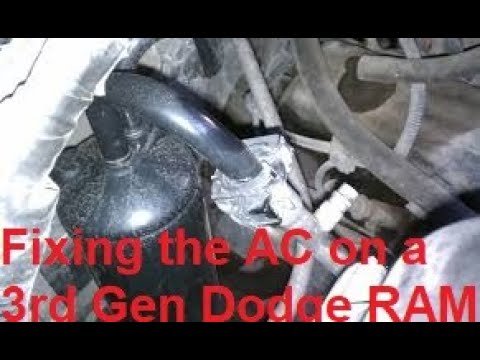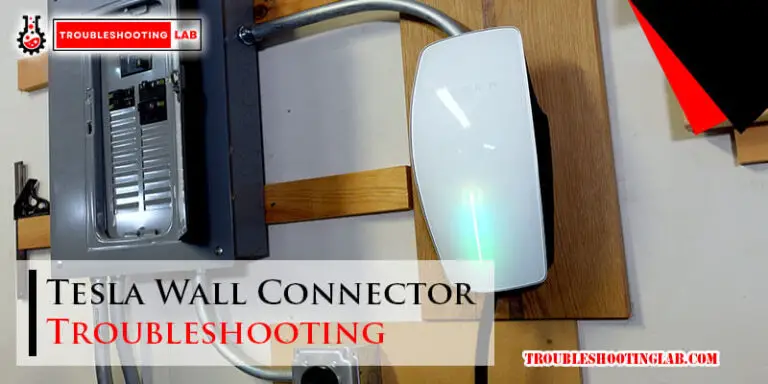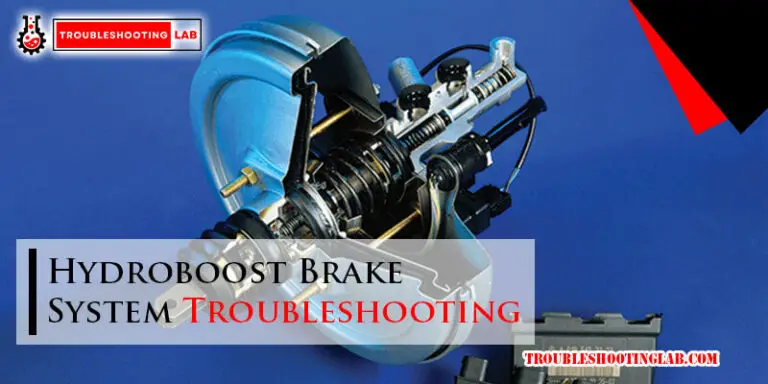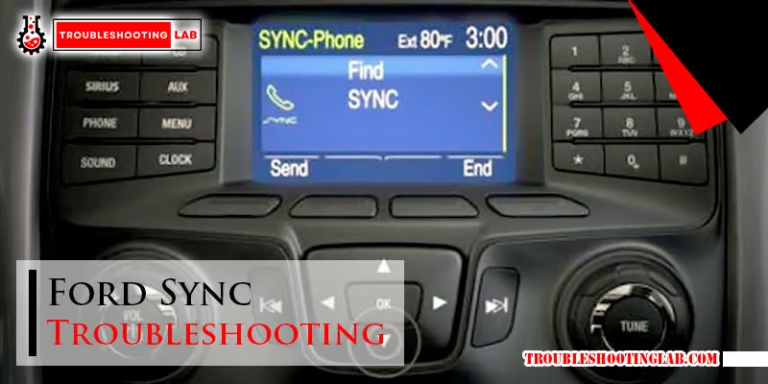Cdi Ignition Troubleshooting Guide: Expert Tips Unlocked
Are you struggling with your vehicle’s ignition system? If you’re dealing with a CDI (Capacitor Discharge Ignition) system, you’re not alone.
Many people face challenges with these systems, but the good news is, you’re about to uncover the solutions. Imagine the satisfaction of finally getting to the root of the problem and getting back on the road without a hitch. This guide is designed with you in mind, breaking down the troubleshooting process into simple, actionable steps.
Whether you’re a seasoned mechanic or a curious DIY enthusiast, understanding CDI ignition systems can save you time, money, and frustration. Ready to dive in and solve your ignition issues once and for all? Let’s get started on this journey to a smoother, more reliable ride.

Credit: issuu.com
Understanding Cdi Ignition Systems
Understanding CDI ignition systems can enhance vehicle performance. This troubleshooting guide offers straightforward solutions to common CDI issues, ensuring your engine runs smoothly and efficiently. Simplified steps help identify faults and implement fixes, making maintenance accessible even for beginners.
Understanding CDI Ignition Systems The CDI (Capacitor Discharge Ignition) system is a crucial component in many modern engines. It’s designed to ensure your engine starts smoothly and runs efficiently. Whether you’re working on a motorcycle, a boat, or an ATV, understanding how the CDI ignition system works can save you time and frustration when troubleshooting problems. You might have faced a situation where your engine suddenly refuses to start, leaving you stranded. Knowing the inner workings of CDI systems can help you diagnose and fix these issues quickly.Components And Functionality
CDI systems consist of several key components: a capacitor, a charging circuit, a triggering device, and a coil. Each part plays a vital role. The capacitor stores electrical energy, which is released to create a spark. The charging circuit supplies the necessary energy to the capacitor. The triggering device tells the system when to release the stored energy, usually via a sensor. Lastly, the coil amplifies the spark to ignite the fuel-air mixture in the engine. Imagine trying to start your motorcycle after a long winter. You press the ignition button, but nothing happens. This could be due to a faulty capacitor that fails to store energy. Understanding these components helps you pinpoint the problem quickly.Common Applications
CDI ignition systems are widely used in motorcycles, scooters, outboard motors, and small engine vehicles. They offer a reliable way to ignite the fuel mixture and are preferred for their quick response times. Many enthusiasts appreciate CDI systems for their ability to provide consistent performance in various conditions. Picture yourself enjoying a summer ride on your ATV. You encounter rough terrain, but your engine runs smoothly thanks to a robust CDI system. Without it, your adventure could be cut short by ignition issues. Have you ever wondered why some engines handle extreme conditions better than others? Often, it’s due to the reliability of their CDI systems. Understanding the applications and functionality of CDI systems can empower you to troubleshoot effectively. Next time your engine hesitates, consider checking these components. Could your issue stem from a worn-out sensor or a damaged coil? Engage with your engine, and let your newfound knowledge guide you to a solution.Credit: www.cdielectronics.com
Identifying Cdi Ignition Issues
Discovering CDI ignition issues can be challenging. This troubleshooting guide simplifies the process. Learn how to identify common problems and ensure your ignition system works efficiently.
Identifying CDI ignition issues can be a game-changer for anyone facing trouble with their vehicle’s ignition system. Whether you’re a seasoned mechanic or a curious DIY enthusiast, knowing the symptoms and causes of CDI ignition failures can save you time and money. Imagine diagnosing an issue before it leaves you stranded—it’s empowering. Let’s dive into the key aspects of identifying CDI ignition problems, starting with the symptoms that indicate something might be off.Symptoms Of Malfunction
When your CDI ignition system is on the fritz, your vehicle will likely show several telltale signs. You may notice your engine misfiring or hesitating during acceleration. These are clear indicators that the ignition system isn’t firing as it should. A more subtle symptom could be a rough idle, where the engine feels like it’s struggling to maintain a steady rhythm. Another red flag is difficulty starting your vehicle, especially when the engine is cold. These symptoms can be frustrating, but they also provide crucial clues to what might be wrong.Common Causes Of Failure
Understanding the common causes of CDI ignition failure is essential for effective troubleshooting. One frequent culprit is a faulty CDI box, which can fail due to age or electrical surges. If your vehicle has been exposed to moisture or extreme temperatures, this could also lead to CDI issues. Poor electrical connections can cause intermittent problems, leading to sporadic failures that are difficult to diagnose. Damaged or worn-out wiring is another common cause. Regular maintenance checks can help catch these issues early, but if you’ve overlooked them, they could be causing your current headaches. Have you ever experienced a CDI ignition issue that left you puzzled? It’s a common challenge, but knowledge is power. By recognizing these symptoms and understanding their causes, you’re already ahead of the game.Step-by-step Troubleshooting
Explore the detailed guide for troubleshooting CDI ignition systems. Follow clear steps to identify and fix issues. Enhance your vehicle’s performance with easy-to-understand solutions.
Getting to grips with CDI ignition issues can feel daunting, but breaking it down into manageable steps makes it much more approachable. Imagine this: You’re all set for a weekend ride, but your motorcycle just won’t start. Before you let frustration take over, try a methodical approach to troubleshooting. By using a step-by-step process, you can efficiently identify and resolve the problem, saving both time and money. Let’s dive into some practical techniques that will get you back on the road.Visual Inspection Techniques
Your first step should be a thorough visual inspection. Check for obvious signs of damage or wear, such as cracked wires or connectors. Look for any burn marks or corrosion around the CDI unit. These can be indicators of electrical issues. Sometimes, the problem could be as simple as dirt or moisture affecting the connections. Clean the components gently with a dry cloth.Testing With A Multimeter
Using a multimeter can help diagnose electrical problems within the CDI system. Set your multimeter to the appropriate setting to test continuity or resistance. Measure the voltage at various points, including the input and output of the CDI. Compare your readings against the specifications in the service manual. If you’re unfamiliar with multimeters, take a moment to learn the basics. It’s a handy tool that can pinpoint issues quickly and accurately.Checking Connections And Wiring
Ensure all connections are tight and secure. Loose or disconnected wires are often culprits for ignition failures. Trace the wiring from the ignition switch to the CDI unit. Look for signs of wear or breaks in the insulation. Use zip ties to tidy up loose wires and prevent future damage. This small step can make a big difference in system reliability. Have you ever fixed a problem just by tightening a loose connection? It’s surprising how often that’s the case. Keep these steps in mind and you might just solve your CDI ignition issue with minimal fuss. What other techniques have worked for you? Your experience could be the key to helping someone else.Repair And Replacement Tips
Repairing or replacing your CDI ignition system can seem tricky. Knowing the right steps can save you time and money. This guide helps you decide when to repair or replace. It also covers how to choose the right components.
When To Repair Vs. Replace
A repair might be your first thought. It can be cost-effective. But sometimes, replacement is a better option. If the CDI unit shows minor faults, a repair could fix it. If the unit fails repeatedly, consider a full replacement. Frequent failures might indicate deeper issues. Replacing can offer a long-term solution.
Choosing The Right Components
Picking the correct components is crucial. Check compatibility with your vehicle’s model. Using wrong parts can lead to further problems. Read user reviews for reliable brands. Quality parts can enhance performance. Avoid cheap components that may not last. Investing in quality ensures better durability.
Preventive Maintenance
Preventive maintenance keeps your CDI ignition system in top condition. Regular care prevents unexpected failures. This ensures smooth engine performance. Below are key practices for effective maintenance.
Regular Inspection Routines
Schedule routine checks to spot issues early. Look for frayed wires and loose connections. Examine the ignition coil for damage. Replace worn-out parts quickly. Clean the CDI box to prevent dirt buildup.
Protecting Electrical Components
Keep electrical components dry and clean. Moisture can damage the CDI system. Use protective covers to shield from rain. Avoid exposing components to extreme temperatures. Check for corrosion regularly. Clean terminals to ensure good contact.
Expert Advice And Best Practices
Expert advice on troubleshooting CDI ignition systems simplifies the process. Identify common issues like faulty connections or damaged components. Follow best practices to ensure safe and efficient repairs.
Are you grappling with CDI ignition issues and unsure where to begin? Navigating through the complexities of CDI troubleshooting can be daunting, especially if you’re new to the realm of ignition systems. But fear not! With expert advice and best practices, you can streamline the process and tackle problems head-on. Let’s dive into some common mistakes to avoid and insightful tips from professionals that will guide you on your troubleshooting journey.Common Mistakes To Avoid
Making errors during CDI troubleshooting is easy but preventable. One frequent mistake is ignoring the basics. Before diving deep, ensure your battery is fully charged and connections are secure. A simple oversight like a loose wire can lead to unnecessary headaches. Another pitfall is skipping the manual. The manual is your best friend; it contains essential information tailored to your specific CDI model. Familiarize yourself with it to avoid missteps. Lastly, don’t rush the process. Patience is key. Hasty decisions can lead to misdiagnosis and further complications. Take the time to understand each step thoroughly.Tips From Professionals
Professionals emphasize the importance of systematic checks. Start with the simplest tests, such as inspecting the spark plug. A faulty spark plug can be the root of ignition problems. Use quality tools. Investing in a good multimeter can make all the difference. It ensures accurate readings and helps pinpoint electrical issues efficiently. Seek advice. If you’re stuck, reaching out to experienced mechanics can save you time and frustration. A fresh perspective might uncover things you missed. Have you ever felt stuck despite following all the steps? Sometimes, it’s not just about the technical aspect. Keeping a calm and focused mindset often leads to better troubleshooting outcomes. By following expert advice, you not only fix the current issue but also gain valuable insights that enhance your understanding of CDI systems. What best practices have you found effective in your troubleshooting experience? Share your thoughts with us!Credit: www.cdielectronics.com
Conclusion
Troubleshooting a CDI ignition system can seem tough at first. But with patience and careful checking, most issues can be solved. Start with the basics. Check connections and components. Replace faulty parts if needed. Regular maintenance helps prevent future problems.
Stay informed about your system. Always use quality parts for repairs. This ensures better performance. Understanding your CDI system is key. Keep learning and asking questions. This guide is a helpful tool. Use it whenever issues arise. With practice, troubleshooting becomes easier.
Your bike will thank you with smoother rides. Safe travels!

